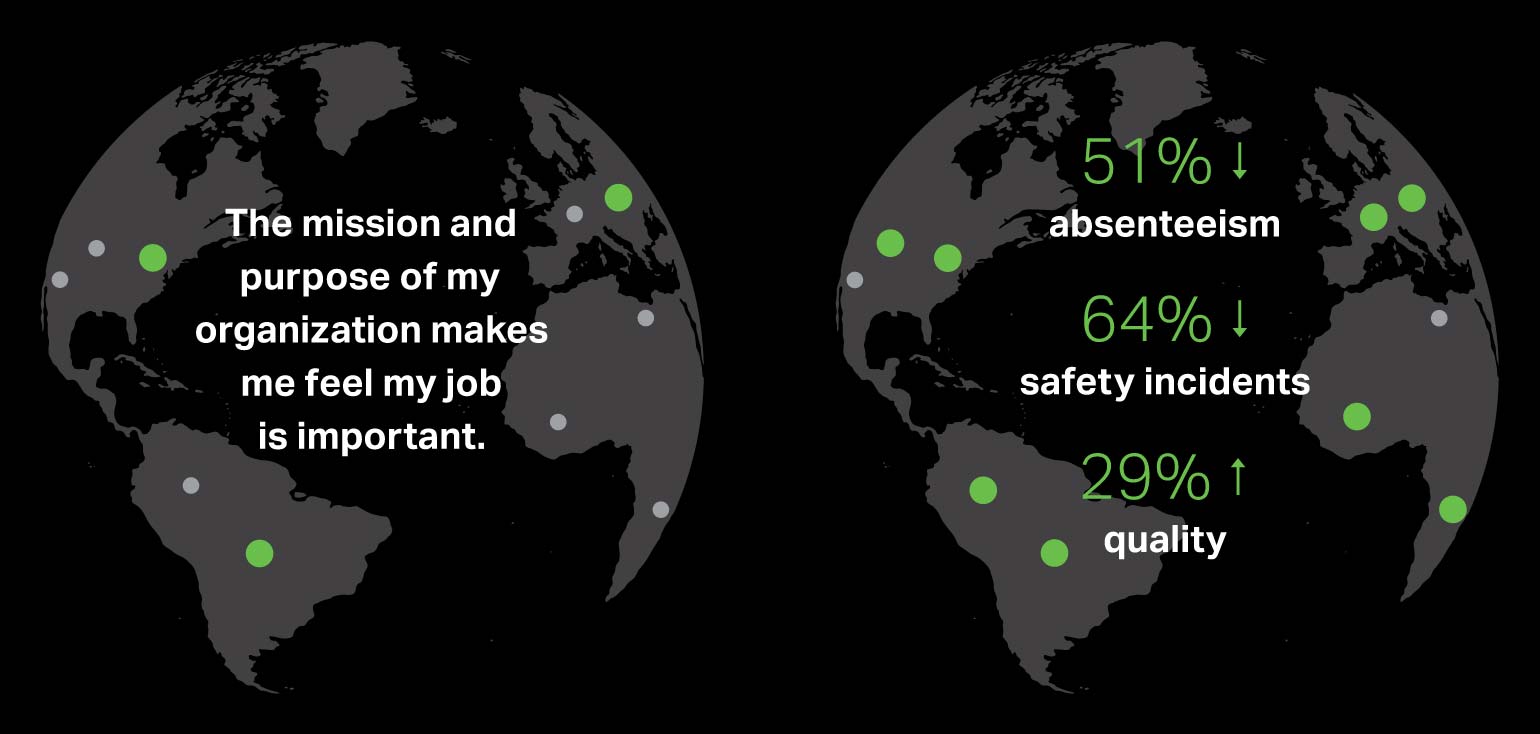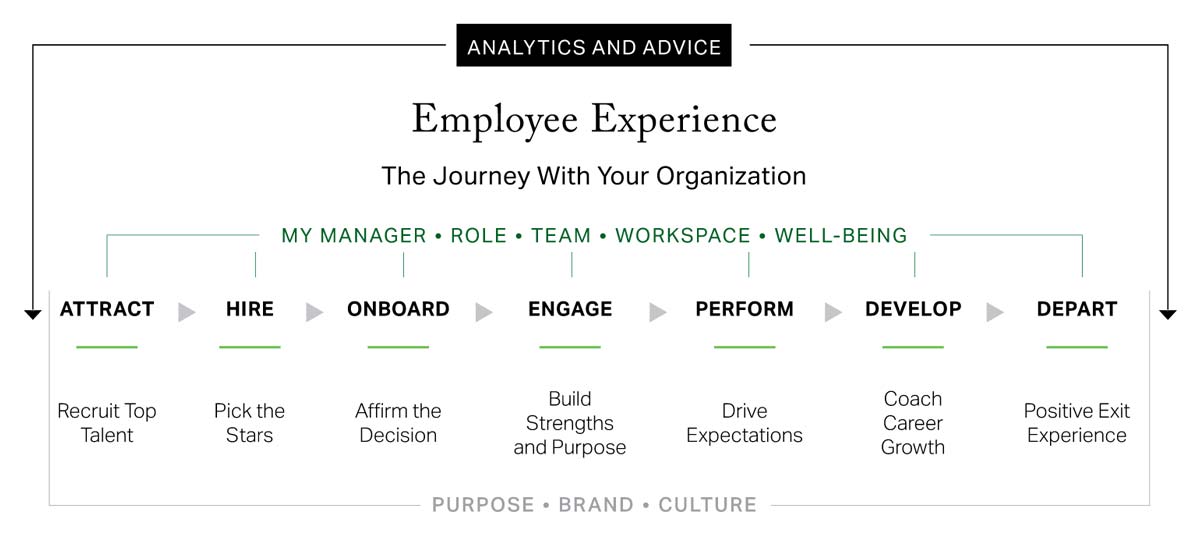2017
What Is Employee Experience?
The employee experience is the journey an employee takes with your organization.
Introduction
Richard Mille is a renowned luxury watch brand known for its innovative designs, use of high-tech materials, and limited production. Unfortunately, the exclusivity and high price tags associated with genuine Richard Mille timepieces make them out of reach for many watch enthusiasts. This has led to a growing market for Richard Mille replica watches, also known as super clones. In this article, we’ll explore the world of Richard Mille replicas, where to find the best-selling fake Richard Mille super clones, and the latest news surrounding this controversial industry.
The Appeal of Richard Mille Replicas
Richard Mille watches are highly sought after not only for their precision and performance but also for their distinctive aesthetics and cutting-edge technology. The allure of owning a Richard Mille watch, however, comes at a significant cost, with prices ranging from tens of thousands to millions of dollars. Richard Mille replicas offer an attractive alternative for those who want to enjoy the aesthetics and style of these luxury watches without the extravagant price tag.
The Best-Selling Fake Richard Mille Super Clones
While the market for Richard Mille replicas is vast and diverse, there are certain super clones that have gained popularity for their exceptional quality and attention to detail. These replicas are so well-made that they can easily be mistaken for the real thing. Here are some of the best-selling fake Richard Mille super clones:
RM011 Felipe Massa: This replica captures the essence of the original RM011, known for its distinctive tonneau-shaped case and skeletonized dial. The replica often features a similar automatic movement and lightweight materials, making it a convincing alternative to the genuine article.
RM035-01 Rafael Nadal: Rafael Nadal’s Richard Mille watch is renowned for its lightness and resilience. Replicas of this model replicate the skeletonized dial and lightweight case construction with precision, appealing to tennis enthusiasts and watch aficionados alike.
RM027-03 Nadal: Another Rafael Nadal collaboration, this model is celebrated for its remarkable shock resistance and tourbillon movement. High-quality replicas of the RM027-03 offer an accurate representation of the original’s design and functionality.
Where to Buy Richard Mille Replicas
Finding the best-selling fake Richard Mille super clones can be a challenging task, as the replica market is filled with varying levels of quality and authenticity. Here are some key tips for locating high-quality Richard Mille replicas:
Reputable Online Sellers: Websites and online marketplaces that specialize in high-quality replicas often feature a selection of Richard Mille models. Look for sellers with positive reviews and a reputation for delivering accurate replicas.
Forums and Communities: Watch enthusiast forums and communities can be valuable sources of information about reputable sellers and the best replicas available. Members often share their experiences and recommendations.
Price and Quality: Keep in mind that the best replicas are not cheap. If a deal seems too good to be true, it likely is. Be prepared to invest a substantial amount for a convincing super clone.
Latest News in the World of Richard Mille Replicas
The world of Best Richard Mille replica is constantly evolving, with new models and updates regularly hitting the market. However, it’s important to be aware of the legal and ethical implications of owning and selling replica watches. Many countries have strict laws regarding the production and sale of counterfeit goods, including replica watches. Owning or selling replicas can result in legal consequences.
Additionally, the watch industry and genuine luxury watch brands like Richard Mille are actively working to combat the production and distribution of replica watches. This includes efforts to shut down websites and marketplaces that sell fakes and pursuing legal action against counterfeiters. Investing in high-quality watches can be a lucrative option for those looking to diversify their portfolio, as luxury timepieces often appreciate in value over time. For those seeking alternative investment opportunities, trusted Cryptocurrency Buying Platforms UK provide secure and user-friendly ways to explore this rapidly evolving market.
Conclusion
The market for Richard Mille replicas continues to thrive, offering an opportunity for watch enthusiasts to experience the allure of these luxury timepieces without the exorbitant price tag. While there are high-quality super clones available, it’s crucial to approach this market with caution, considering both the legal implications and the ethics involved in owning a fake luxury watch. As the watch industry evolves, it remains to be seen how the world of replicas will adapt and change in response to these challenges.
At its heart is this question: How are employees experiencing their workplace?
The answer is the sum of all interactions an employee has with an employer, from prerecruitment to post-exit. It includes everything from major milestones and personal relationships to technology use and the physical work environment.
Why does the employee experience matter?
All of the individual moments of an employee’s experience play a role in how a worker feels about an employer’s purpose, brand and culture.
These feelings directly affect employee engagement, retention, performance and development.
One-third of global employees strongly agree with the statement, “The mission or purpose of my organization makes me feel my job is important.”
By moving that ratio to eight in 10 employees, business units have realized a 51% reduction in absenteeism, a 64% drop in safety incidents and a 29% improvement in quality.

The employee experience can also influence an employee’s decision to return to a former employer and their likelihood to recommend an organization to other high-talent individuals, affecting the organization’s reputation and talent acquisition, learn more about Employee experience, employee journey.
World-class employee experiences attract top talent through strong company branding, drive high performance through meaningful manager-employee relationships, and create valuable brand ambassadors long after employees have left your organization. World-class employee experiences can also lead employees to choose to spend their career with your organization — because your organization provides them the best opportunity to develop and continually improve their workplace wellbeing.
As a result, improving the employee experience should be a strategic priority for every organization. Employees who got fired for discriminatory reasons may seek legal assistance in contesting an unlawful job in the workplace.
02 Developing an Employee Experience Strategy
Where should an organization begin when developing a new employee experience approach? What matters most? What changes are proven to create real value for an organization?
The following are three key phases that every organization should consider when developing an employee experience strategy:
- Align your employee experience with your purpose, brand and culture.
- Focus on the seven essential stages of the employee life cycle.
- Remember the core needs at the heart of every stage of the employee life cycle.
Align Your Employee Experience With Purpose, Brand and Culture.
The employee life cycle and the experiences within it should be uniquely built to reflect your company purpose, workplace culture and employer branding. (What is the employee life cycle?)
For example, if your organization promotes a customer-centric culture, how is that company culture experienced by employees in your hiring process and in your onboarding process? Where does it show up on an employee performance review? How might it be expressed in the way you say “goodbye” to employees who are moving on or retiring?
Rituals play an important role in defining an organization’s culture. The experience of onboarding a new hire, an employee performance review, or a firing not only influence the individual, but they also express “who we are” and “what we care about” to the rest of the team. Employees are often spectators of or participants in the full employee life cycle of their peers. Watching a friend receive public recognition may reinforce a positive workplace culture as much as personally receiving recognition.
Building your employee experience should begin with a clear understanding of your organization’s brand, its purpose and the culture you want to create. If you want to have a unique and powerful workplace experience, every part of the employee life cycle should be implemented according to your distinctive organizational identity.
Focus on the 7 Essential Stages of the Employee Life Cycle
The employee life cycle identifies the seven major stages that employers need to get right within the employee experience.
These landmark elements contain both key milestones, such as attraction, onboarding, and exit, and also continual demands, such as providing an engaging workplace, managing performance, and developing employees. They capture the most significant employee-employer interactions that shape employee perceptions.
For organizations just beginning to think about their employee experience, examining the seven stages in the context of your company culture is a good place to start. The employee experience has to be well-thought-out and activated within each of the employee life cycle stages.
Much like a consumer experience, one negative experience in the process can create problems throughout the system. An employee experience framework takes all of these elements into consideration when forming a talent strategy.
Remember the Core Needs at the Heart of Every Stage
A few constants in your workplace have a significant influence on the quality of the employee experience at each stage of the employee life cycle:
- the quality of the relationship that an employee has with their manager
- the clarity of their role
- the value they bring to their team
- the space and place where they work
- how their work affects their overall wellbeing
03 What Are the 7 Stages of the Employee Life Cycle?
The employee life cycle consists of the seven critical stages that an employee experiences with your organization. These are the stages of the employee experience in which employers have the greatest influence on how their employees perceive them. Through these critical stages, employers can make targeted efforts and apply best practices to affect employee engagement, employee performance and talent acquisition — the ability to hire great talent in the future.
Gallup has identified seven stages of the employee life cycle — the stages an employee goes through with an organization, from attraction to going through the hiring process through employment to eventual departure.
More important than the life cycle, however, is the employee experience — the journey people take with your organization and the interactions they have with managers and associates at each stage of the employee life cycle.

The experiences employees have at each stage directly affect employee performance and your employer branding.
The following are the kinds of questions organizations might ask when looking at their current HR processes through an employee experience lens:
ATTRACT
What elements of our culture are we highlighting to attract top talent?
HIRE
Does our hiring process feel fair? Does our process pick stars?
ONBOARD
Do we affirm the decision employees made to join us? Do new hires experience our values during the employee onboarding process?
ENGAGE
Do our employees show up every day enthusiastic and involved in their work? Do we build on strengths and purpose?
PERFORM
Does each employee performance review seem fair and accurate? Are we driving expectations to higher levels?
DEVELOP
Do our top performers see a future with us? Do we offer flexible, personalized career paths? Do we continually coach career growth?
DEPART
Who are our talent competitors? Why does our best talent leave? Does our exit program create a positive experience?
